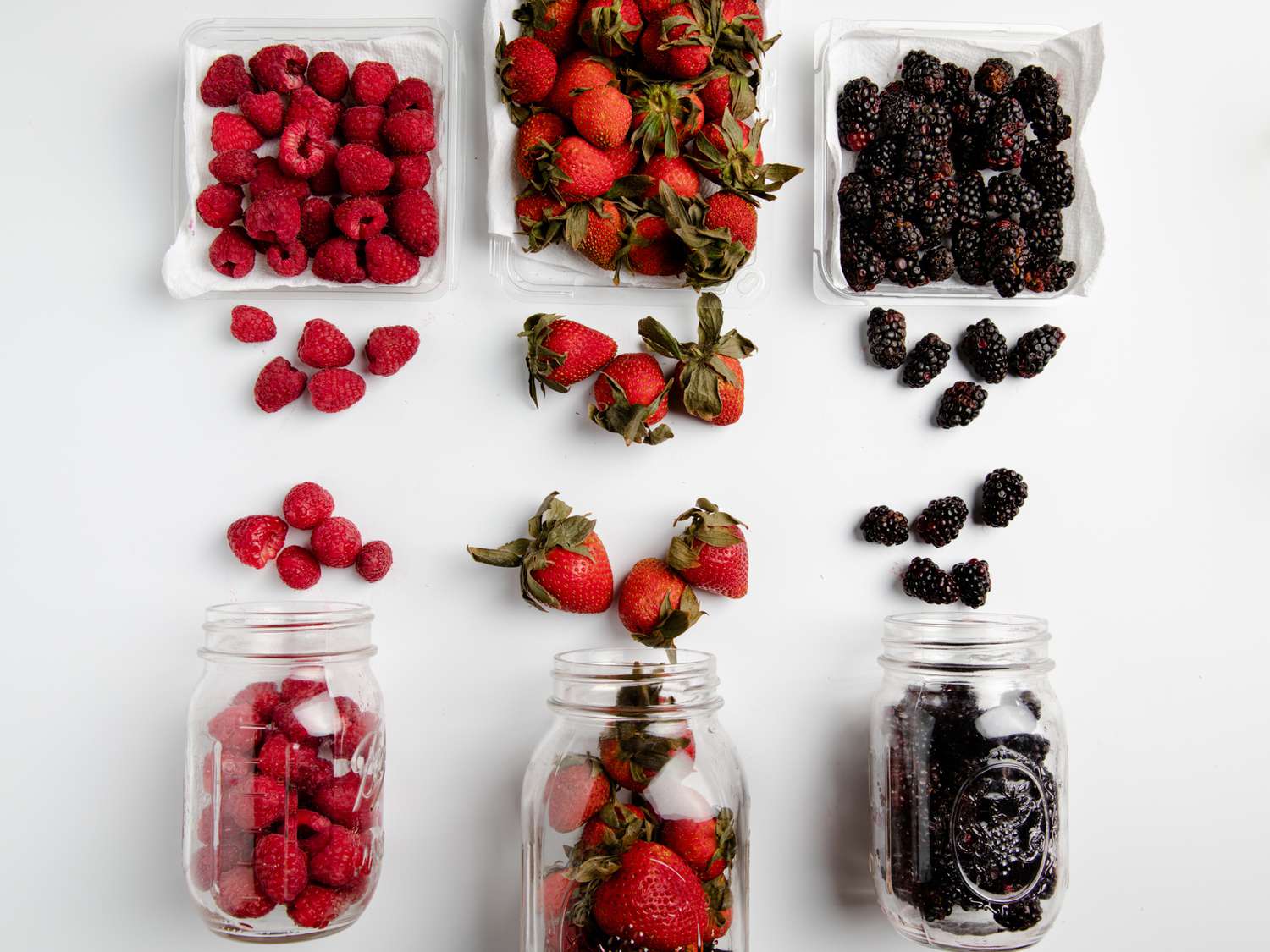

Articles
How To Store Berries
Modified: December 7, 2023
Discover the best methods for storing berries to keep them fresh for longer. Read our informative articles and learn how to extend the shelf life of your favorite berries.
(Many of the links in this article redirect to a specific reviewed product. Your purchase of these products through affiliate links helps to generate commission for Storables.com, at no extra cost. Learn more)
Introduction
When it comes to enjoying the sweet, juicy goodness of berries, there’s nothing quite like picking them fresh from the garden or purchasing them at their prime from a local farmers market. However, if you find yourself with an abundance of berries, or if you want to make sure your store-bought berries last longer, knowing how to store them properly is essential.
In this article, we will guide you through the process of storing berries to help maintain their freshness and extend their shelf life. Whether you have strawberries, blueberries, raspberries, or blackberries, these tips and techniques will ensure that you get the most out of your delicious berries.
From choosing the right berries to selecting the proper storage containers and determining whether to refrigerate or freeze, we’ll cover all the necessary steps to help you preserve the flavor and texture of your berries for as long as possible.
So, let’s dive into the world of berry storage and discover the secrets to keeping these luscious fruits fresh and delectable.
Key Takeaways:
- Properly storing berries is crucial for maintaining their freshness and flavor. From selecting the ripest berries to using the right storage containers, these steps will help extend the shelf life of your delicious fruits.
- Whether refrigerating, freezing, or storing at room temperature, following proper handling and storage techniques can significantly extend the shelf life of berries. By prioritizing cleanliness, airflow, and careful inspection, you can enjoy fresh, flavorful berries for longer periods.
Read more: How To Store Wheat Berries
Choosing the Right Berries
When it comes to storing berries, selecting the right ones is crucial. Opting for berries that are at their peak of ripeness will not only ensure the best flavor but also increase their longevity.
When purchasing berries, look for ones that are firm, plump, and brightly colored. Avoid berries that are overly soft, mushy, or have any signs of mold or bruising. It’s also important to check the packaging or ask the vendor for information regarding the freshness and the date the berries were harvested.
If you have the opportunity, consider picking your own berries or buying directly from local farmers. These berries are often fresher and have not undergone long periods of transportation or storage, which can affect their quality.
Additionally, it’s worth noting that different types of berries have varying levels of perishability. Strawberries, for example, are highly perishable and should ideally be consumed within a few days. Blueberries and raspberries, on the other hand, have a slightly longer shelf life.
By selecting fresh and ripe berries from the start, you’re setting yourself up for successful storage and longer-lasting fruit.
Preparing Berries for Storage
Before storing your berries, it’s important to take a few steps to ensure they are clean and free from any debris or potential contaminants. Follow these simple guidelines to prepare your berries for storage:
- Sort through the berries: Lay out the berries on a clean surface and remove any overripe, damaged, or moldy ones. Discard them to prevent them from spoiling the rest of the batch.
- Rinse gently: Rinse the berries under cool, running water to remove any dirt or residue. Be careful not to apply excessive pressure or let the berries soak for too long, as this can cause them to become waterlogged and lose their flavor.
- Dry thoroughly: After rinsing, gently pat the berries dry with paper towels or use a salad spinner to remove excess moisture. Drying the berries thoroughly helps prevent mold growth and extends their shelf life.
- Hull if necessary: For strawberries, remove the green stem and hull before storing. This can be done with a small knife or a dedicated strawberry huller.
By following these preparation steps, you can ensure that your berries are clean, fresh, and ready for storage. Taking the time to properly handle your berries before storing them will help maintain their quality for longer periods.
Best Storage Containers for Berries
Choosing the right storage containers for berries is crucial in maintaining their freshness and preventing them from spoiling too quickly. Here are some options for the best storage containers:
- Plastic containers with vented lids: Look for containers specifically designed for berry storage, with small vents or holes in the lids. These vents allow for proper air circulation and help prevent moisture buildup, which can lead to rotting. Plastic containers are also lightweight and easy to stack in the refrigerator.
- Glass containers: Glass containers are another excellent option for storing berries. They are non-reactive, which means they won’t absorb any odors or affect the taste of the berries. Glass containers also provide a clear view of the contents, making it easy to assess the freshness of the berries at a glance.
- Paper or cardboard boxes: If you prefer an eco-friendly option, consider using paper or cardboard boxes to store your berries. Line the boxes with paper towels or parchment paper to absorb any excess moisture. However, keep in mind that these containers may not provide as much protection from bruising.
- Breathable produce bags: Breathable produce bags made of mesh or fabric are an alternative option for storing berries. These bags allow for air circulation while protecting them from light. They are especially useful when you have a large harvest and need a space-saving storage solution.
When selecting the right storage container, ensure that it is clean and dry before adding the berries. Avoid using containers that have previously stored strong-smelling foods, as the berries can absorb and retain those odors.
Remember, the key is to provide a container that allows for proper airflow, protects the berries from excess moisture, and minimizes the risk of bruising or crushing. Using the right storage container will significantly extend the shelf life of your berries.
Storing Berries in the Refrigerator
Refrigeration is the go-to method for storing most types of berries, as it helps slow down their ripening process and extends their shelf life. Here’s how to properly store berries in the refrigerator:
- Ensure berries are dry: Make sure the berries are thoroughly dry before refrigerating them. Excess moisture can promote mold growth and lead to spoilage.
- Keep berries unwashed: It’s best to store berries unwashed as washing them beforehand can accelerate the deterioration process. Moisture can cause the berries to become mushy and lose their flavor.
- Line a container with paper towels: Line a clean container or a plastic storage bag with a layer of paper towels. This helps absorb any additional moisture and prevents the berries from sitting in their own juices.
- Add the berries to the container: Place the berries in a single layer, making sure not to overcrowd them. Crowding can cause the berries to become squished and increase the chances of bruising.
- Seal and store in the refrigerator: Close the lid of the container or seal the plastic bag, ensuring it is airtight. Store the berries in the refrigerator’s crisper drawer, which provides a slightly higher humidity level.
It’s important to note that different types of berries have varying storage times in the refrigerator. Here are some general guidelines:
- Strawberries: Consume within 3-5 days.
- Blueberries and raspberries: Can last up to 7-10 days.
- Blackberries: Should be used within 3-4 days.
Remember, the sooner you consume the berries, the better their flavor and texture will be. Therefore, it’s ideal to use them within the recommended storage timeframe.
Storing berries in the refrigerator helps maintain their freshness and extends their shelf life. Follow these steps to keep your berries delicious and ready for consumption!
Store berries in the refrigerator in a single layer on a paper towel-lined tray to prevent moisture buildup and extend their shelf life. Avoid washing them until right before eating to prevent mold growth.
Read more: How To Store Golden Berries
Storing Berries at Room Temperature
While refrigeration is the preferred method for storing most berries, some types can also be stored at room temperature. Here’s how to properly store berries at room temperature:
- Inspect the berries: Before storing, carefully examine the berries for any signs of mold, bruising, or overripeness. Remove any damaged or spoiled berries to prevent them from affecting the others.
- Keep berries unwashed: Similar to refrigeration, it’s best to store berries unwashed, as moisture can promote spoilage. Avoid washing them until just before consuming.
- Spread out on a tray: Place the berries in a single layer on a clean, dry tray or plate. Avoid stacking or overcrowding the berries, as this can cause them to become squished and accelerate deterioration.
- Find a cool, well-ventilated spot: Locate a cool area in your kitchen or pantry that is away from direct sunlight and heat sources. The ideal temperature range for storing berries at room temperature is between 60-70°F (15-21°C).
- Check and rotate the berries: Regularly check the berries for any signs of spoilage or mold. If you notice any berries starting to deteriorate, remove them immediately to prevent the spread of decay. Additionally, gently rotate the berries once or twice a day to ensure even airflow.
It’s important to note that storing berries at room temperature will result in a shorter shelf life compared to refrigeration. Here are some general guidelines:
- Strawberries: Consume within 1-2 days.
- Blueberries and raspberries: Can last up to 2-3 days.
- Blackberries: Should be used within 1-2 days.
Remember, room temperature storage is best suited for berries that are already quite ripe and need to be consumed quickly. If you have a large quantity or need to store them for a longer time, refrigeration or freezing is a better option.
By following these guidelines, you can safely store berries at room temperature and enjoy their freshness for a short period of time.
Freezing Berries for Long-Term Storage
Freezing berries is an excellent method for long-term storage, allowing you to enjoy their deliciousness even months after harvest. Here’s how to properly freeze your berries:
- Prepare the berries: Sort through the berries and remove any damaged or overripe ones. Rinse them gently under cool water, and allow them to dry completely.
- Spread on a baking sheet: Spread the berries in a single layer on a baking sheet lined with parchment paper. This will prevent them from sticking together during freezing and make it easier to portion them later.
- Flash-freeze: Place the baking sheet with the berries in the freezer and let them freeze for about 1-2 hours, or until they are firm but not completely frozen.
- Transfer to freezer-safe containers: Once the berries are partially frozen, transfer them to freezer-safe containers or resealable bags. Remove as much air as possible from the containers or bags before sealing them tightly.
- Label and date the containers: It’s essential to label the containers with the type of berries and the date of freezing. This will help you keep track of their freshness and determine the optimal consumption timeline.
- Store in the freezer: Place the labeled containers in the freezer, making sure not to stack them until they are fully frozen. Lay them flat at first to allow for even freezing, then stack them to save space.
Frozen berries can typically last between 8-12 months in the freezer. However, for the best quality and flavor, it’s advisable to consume them within the first 3-6 months.
When you’re ready to use the frozen berries, simply remove the desired amount from the freezer and thaw them in the refrigerator or use them directly in recipes without thawing. They work exceptionally well in smoothies, baked goods, jams, sauces, and more.
Freezing berries is an easy and convenient way to ensure you have a supply of delicious berries throughout the year. Just follow these steps, and you’ll be able to enjoy the taste of summer even during the colder months.
Extending the Shelf Life of Berries
While proper storage techniques can significantly extend the shelf life of berries, there are a few additional steps you can take to maximize their freshness. Here are some tips to help you get the most out of your berries:
- Handle with care: Berries are delicate fruits and can easily bruise or become damaged. Handle them gently to minimize the risk of bruising, as even minor bruises can lead to spoilage.
- Remove any damaged berries: Inspect your berries regularly and remove any that show signs of mold, bruising, or overripeness. One bad berry can quickly affect the others, so it’s essential to remove them promptly.
- Avoid washing until ready to use: As mentioned earlier, it’s best to store berries unwashed until you’re ready to consume them. Washing them prematurely can lead to moisture buildup, increasing the chances of mold growth and accelerated spoilage.
- Store different types of berries separately: If you’re storing multiple types of berries, it’s recommended to keep them in separate containers. This prevents cross-contamination and ensures that the flavors and odors of one type don’t affect the others.
- Check and rotate often: Regularly inspect your stored berries for any signs of spoilage. Gently rotate them to redistribute moisture and airflow, which helps maintain their freshness and minimizes the risk of mold.
- Consider preserving methods: If you have an abundance of berries and can’t consume them all before they start to spoil, consider preserving them through techniques such as making jams, jellies, or fruit sauces. These methods can help prolong the shelf life of your berries and allow you to enjoy them in different ways.
By following these tips, you can extend the shelf life of your berries and enjoy their deliciousness for longer periods.
Tips for Maintaining Freshness
Maintaining the freshness of berries is key to ensuring their optimal flavor and quality. Here are some helpful tips to help you keep your berries fresh for as long as possible:
- Store in the right conditions: As mentioned earlier, proper storage is crucial for maintaining freshness. Whether you’re refrigerating or storing at room temperature, ensure the berries are in a cool and well-ventilated environment.
- Handle with clean hands: Always wash your hands thoroughly before handling berries to avoid any transfer of bacteria or dirt that can accelerate spoilage.
- Avoid exposure to moisture: Moisture is the enemy of fresh berries. Keep them dry and avoid storing them in damp containers or areas prone to condensation.
- Don’t remove stems or hulls prematurely: To prolong the freshness of berries, it’s best to leave stems or hulls intact until just before consumption. Removing them can lead to faster moisture loss and decreased shelf life.
- Refrigerate immediately after washing: If you need to rinse your berries before consuming, make sure to dry them thoroughly and refrigerate them promptly to prevent moisture buildup.
- Avoid high humidity environments: Berries are sensitive to high humidity, which can accelerate mold growth. Avoid storing them in humid areas, such as near the sink or dishwasher.
- Don’t wash in advance: Unless you plan to eat them right away, it’s best not to wash berries in advance. This helps maintain their natural protective coating and prevents premature breakdown.
- Use the “First In, First Out” method: When consuming stored berries, follow the “first in, first out” method by using the older berries before the newer ones. This ensures that no berries are left to spoil while you enjoy the fresh ones.
- Regularly check for spoilage: Take the time to inspect your stored berries regularly for any signs of mold, mushiness, or off-putting odors. Remove any spoiled berries immediately to prevent the spread of decay.
By following these simple yet effective tips, you can maintain the freshness of your berries and enjoy them at their peak for a longer period. The key is to prioritize proper handling and storage practices to preserve their flavor and quality.
Read more: How To Store Fresh Berries
Conclusion
Storing berries properly is essential to preserve their freshness, flavor, and texture. Whether you have a bountiful harvest from your garden or you’ve purchased berries from a local market, knowing how to store them correctly can significantly extend their shelf life and allow you to enjoy their deliciousness for longer periods.
By choosing the right berries at their peak of ripeness and properly preparing them for storage, you set a solid foundation for maintaining their quality. Whether you opt for refrigeration, room temperature storage, or freezing, each method has its own advantages and is suitable for different situations.
Remember to select appropriate storage containers that allow for proper airflow and protect the berries from excess moisture. Keeping an eye on your berries, regularly inspecting them for any signs of spoilage or mold, and removing any damaged ones will help preserve the overall freshness of your batch.
Finally, implementing the tips for maintaining freshness, such as handling the berries with care, avoiding excessive moisture, and storing them in optimal conditions, will ensure that your berries stay fresh for as long as possible.
So the next time you find yourself with an abundance of berries, follow the guidelines outlined in this article to store them properly. By doing so, you can prolong their shelf life, enjoy their deliciousness, and make the most of your berry season all year round!
Frequently Asked Questions about How To Store Berries
Was this page helpful?
At Storables.com, we guarantee accurate and reliable information. Our content, validated by Expert Board Contributors, is crafted following stringent Editorial Policies. We're committed to providing you with well-researched, expert-backed insights for all your informational needs.

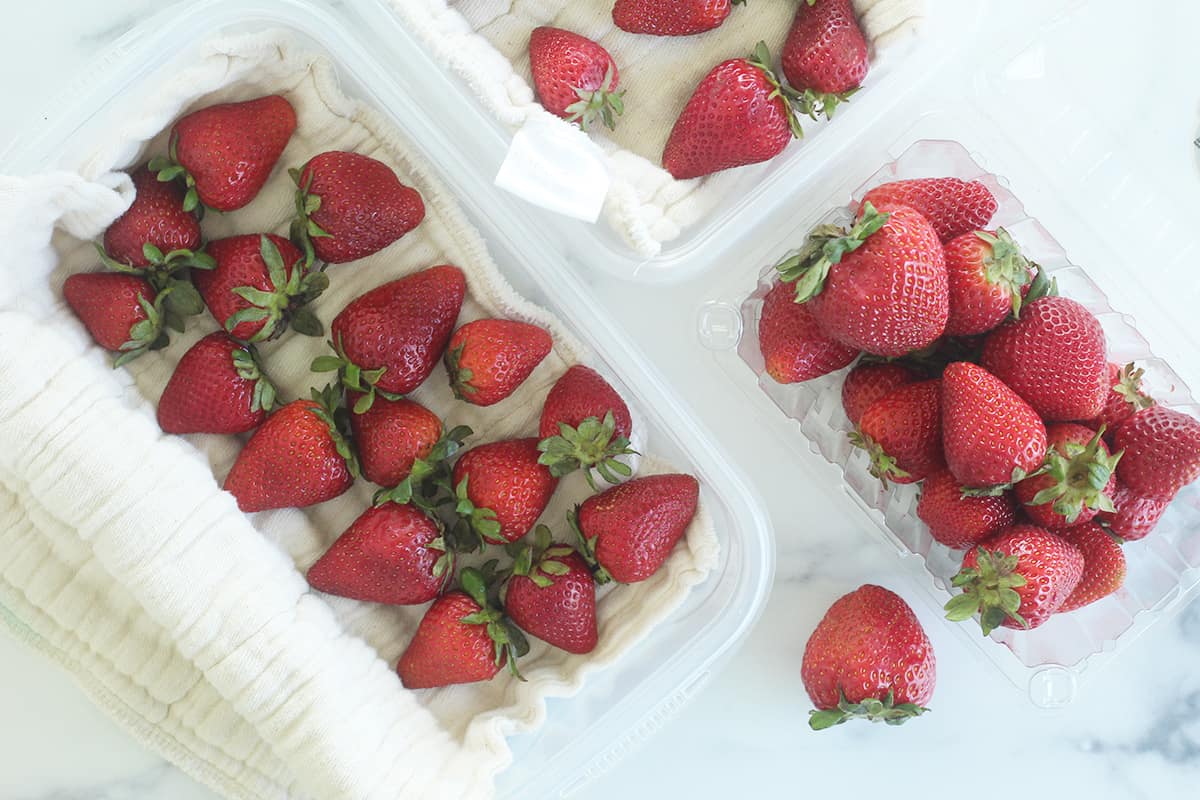
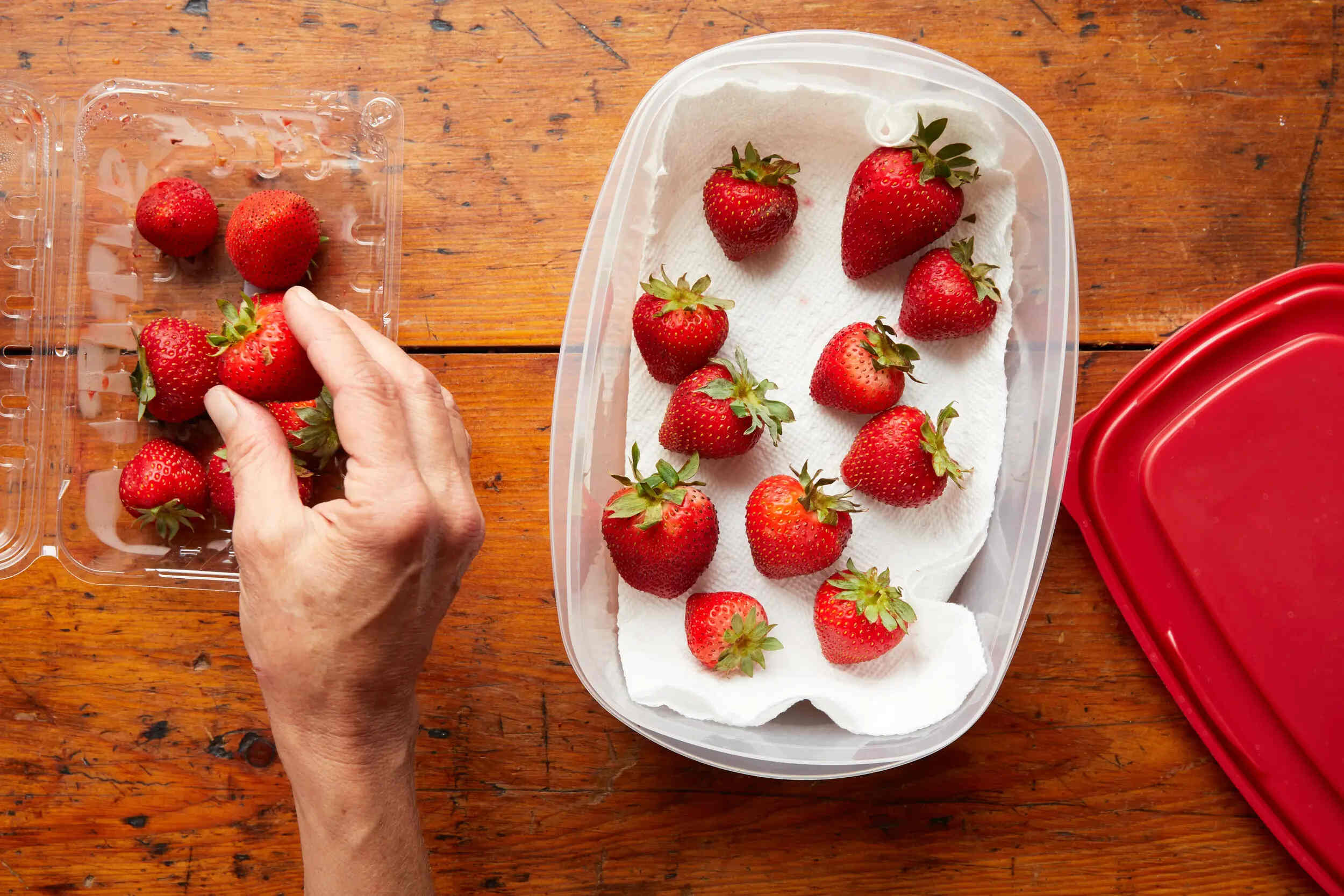
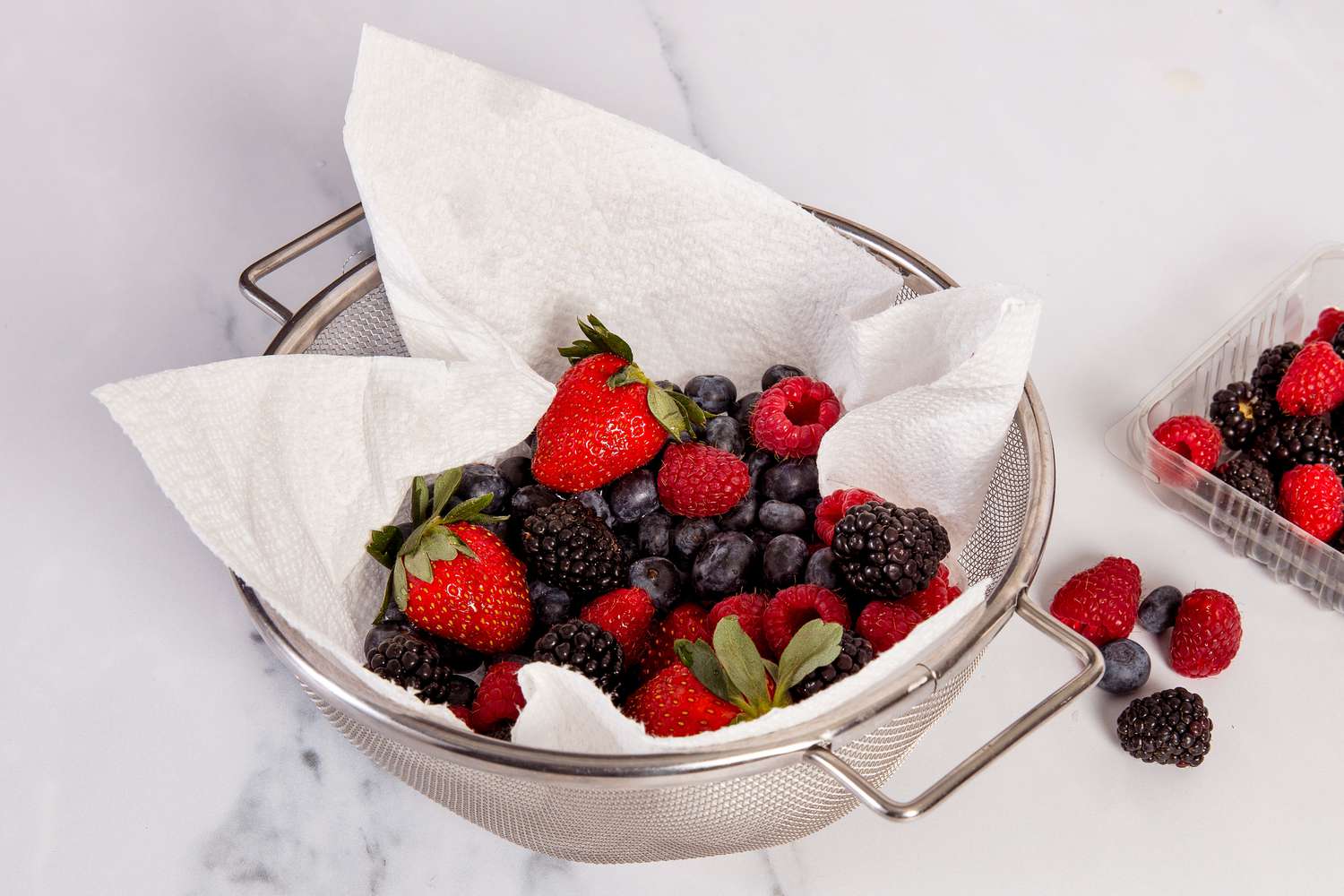
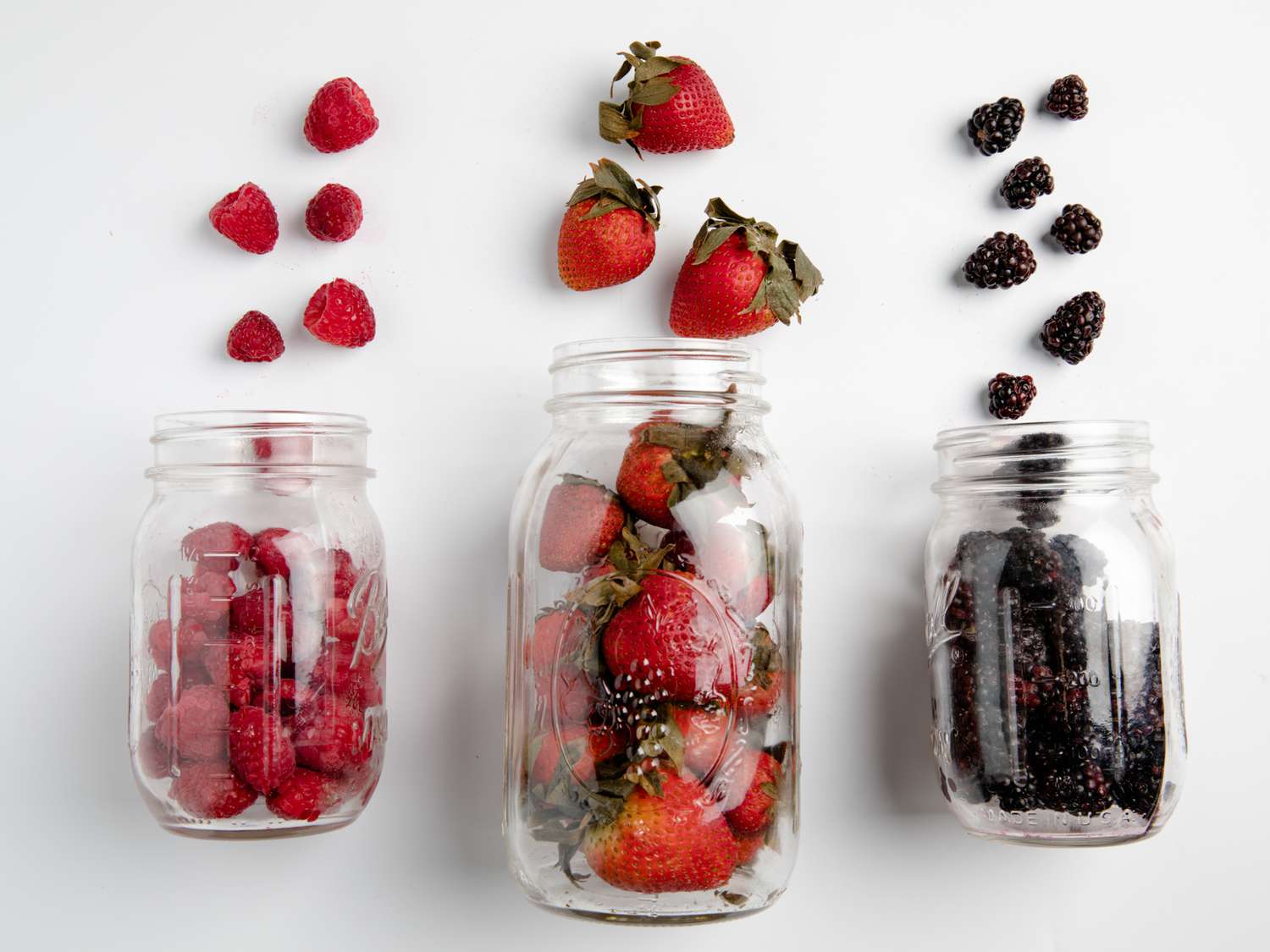
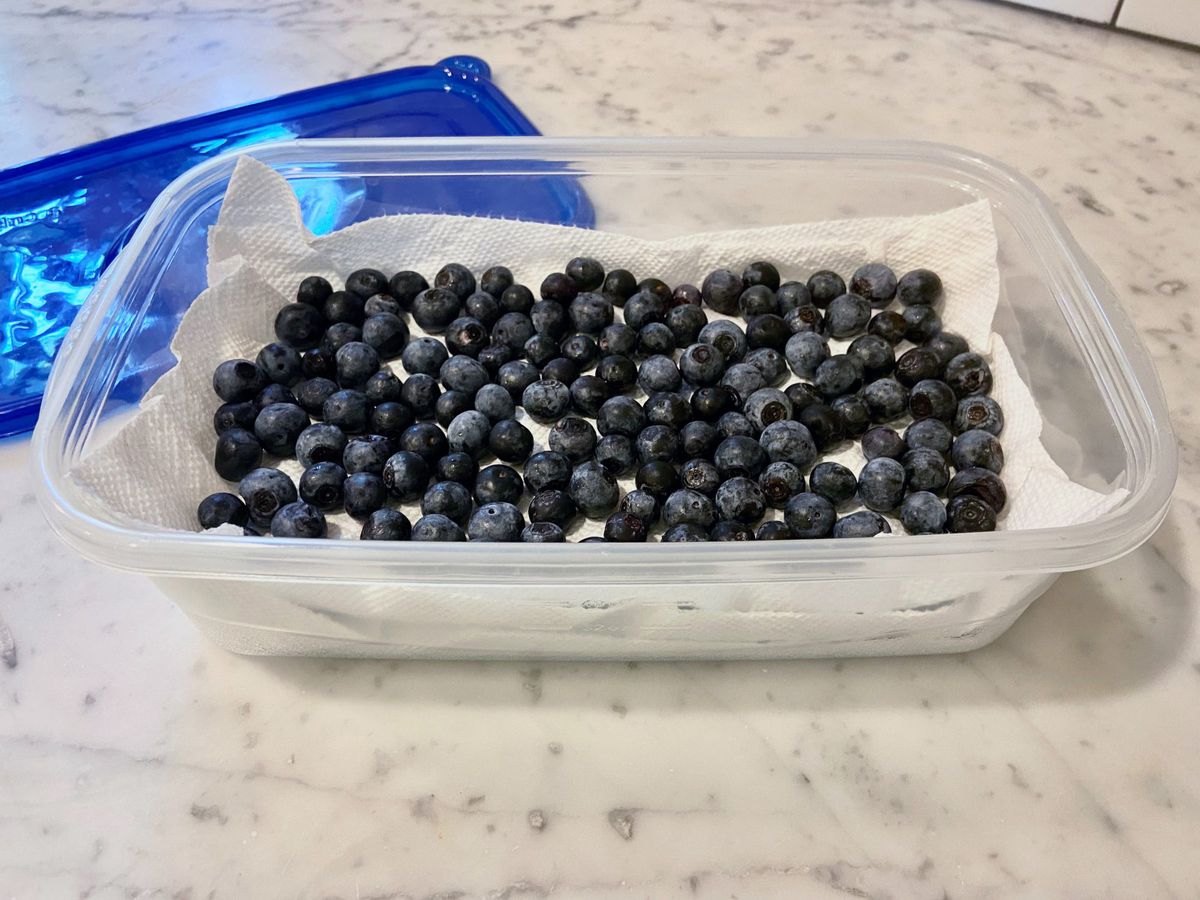

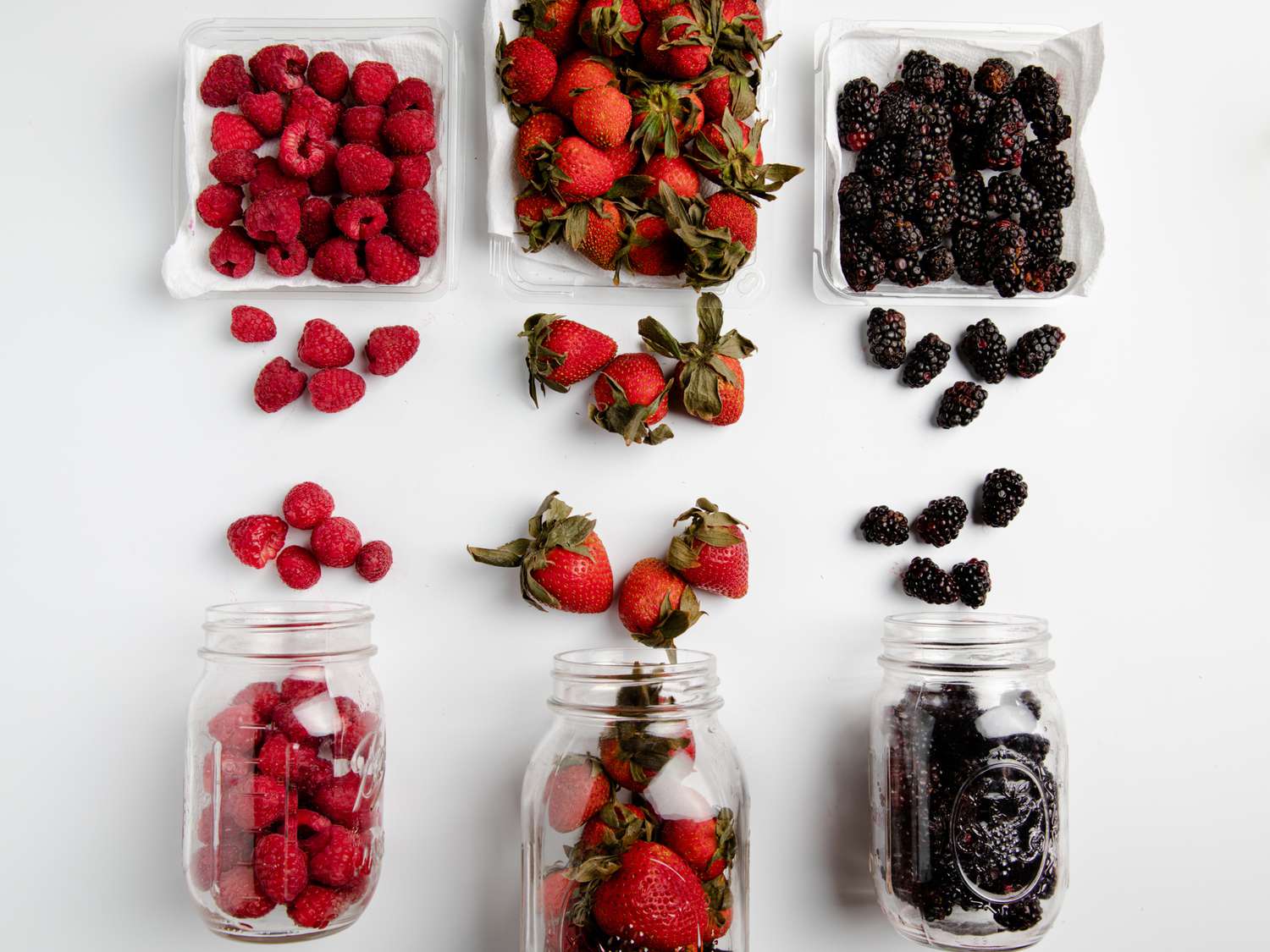
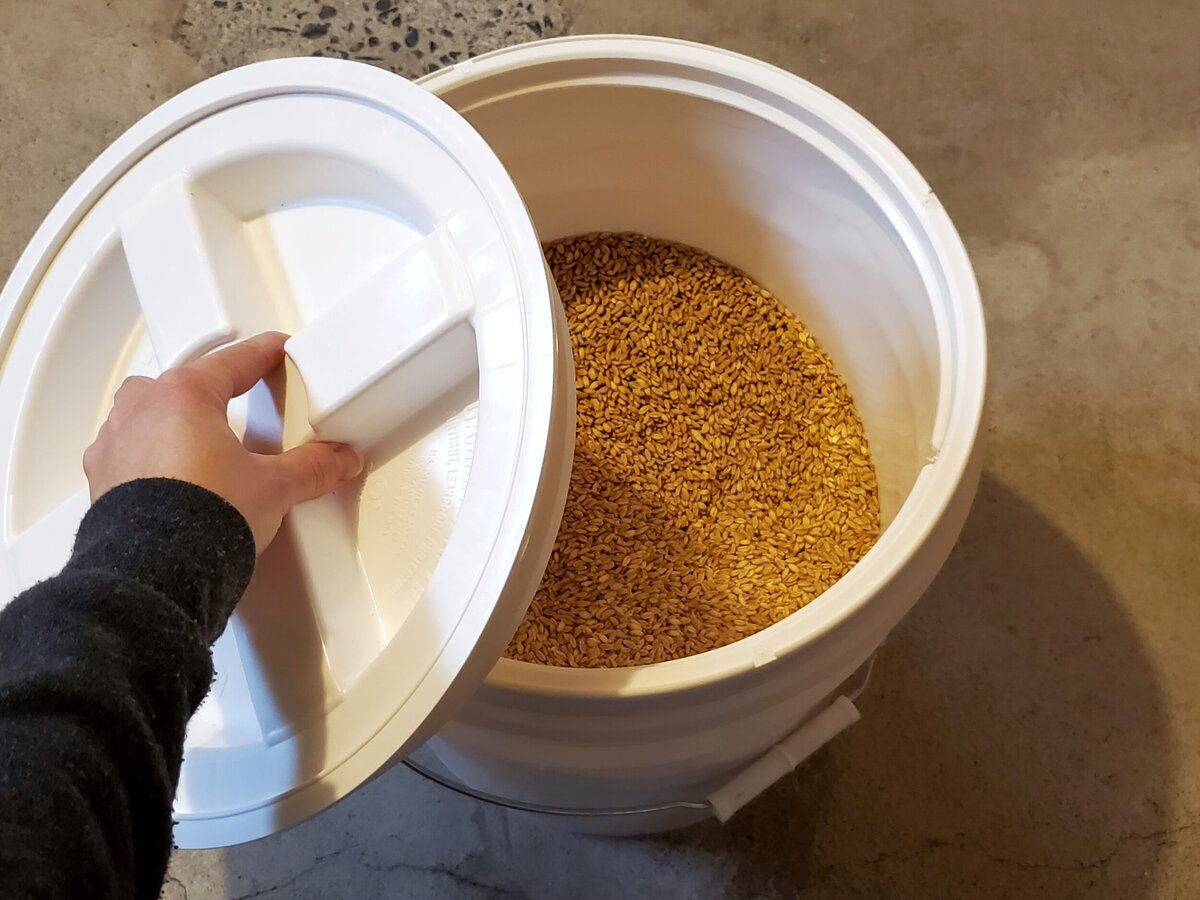
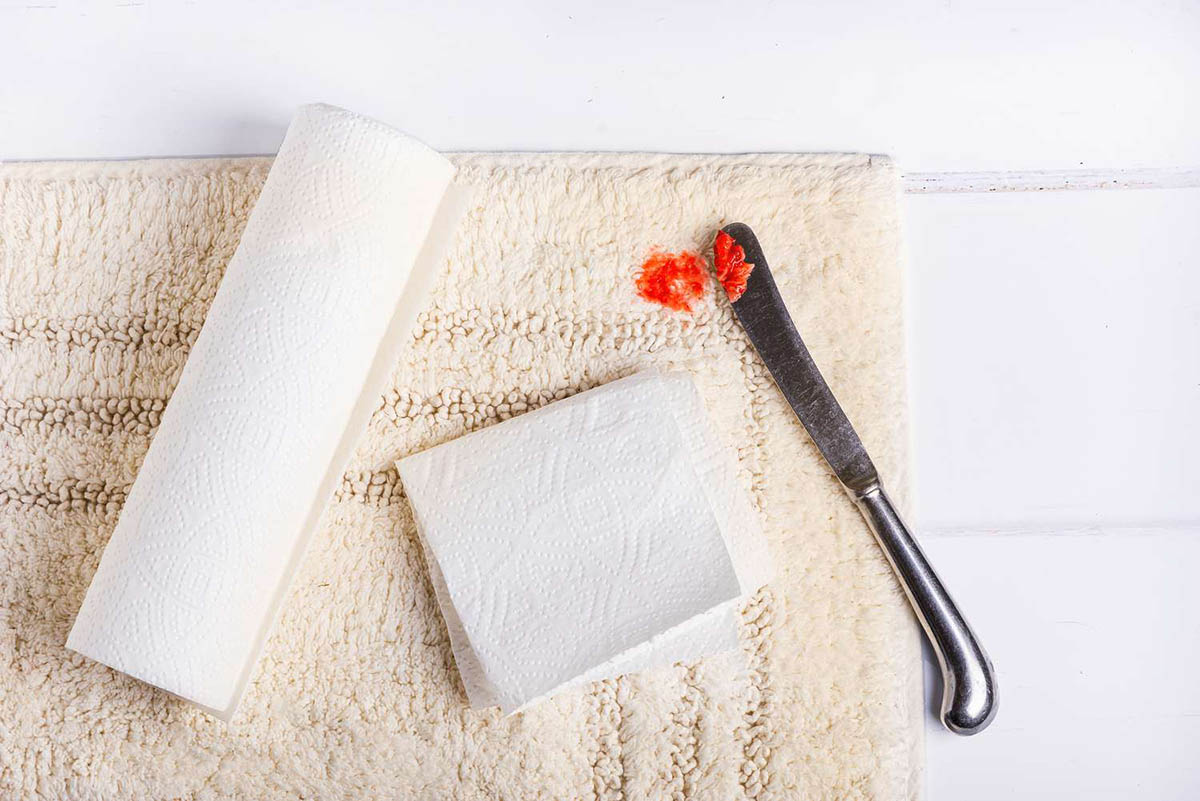




0 thoughts on “How To Store Berries”